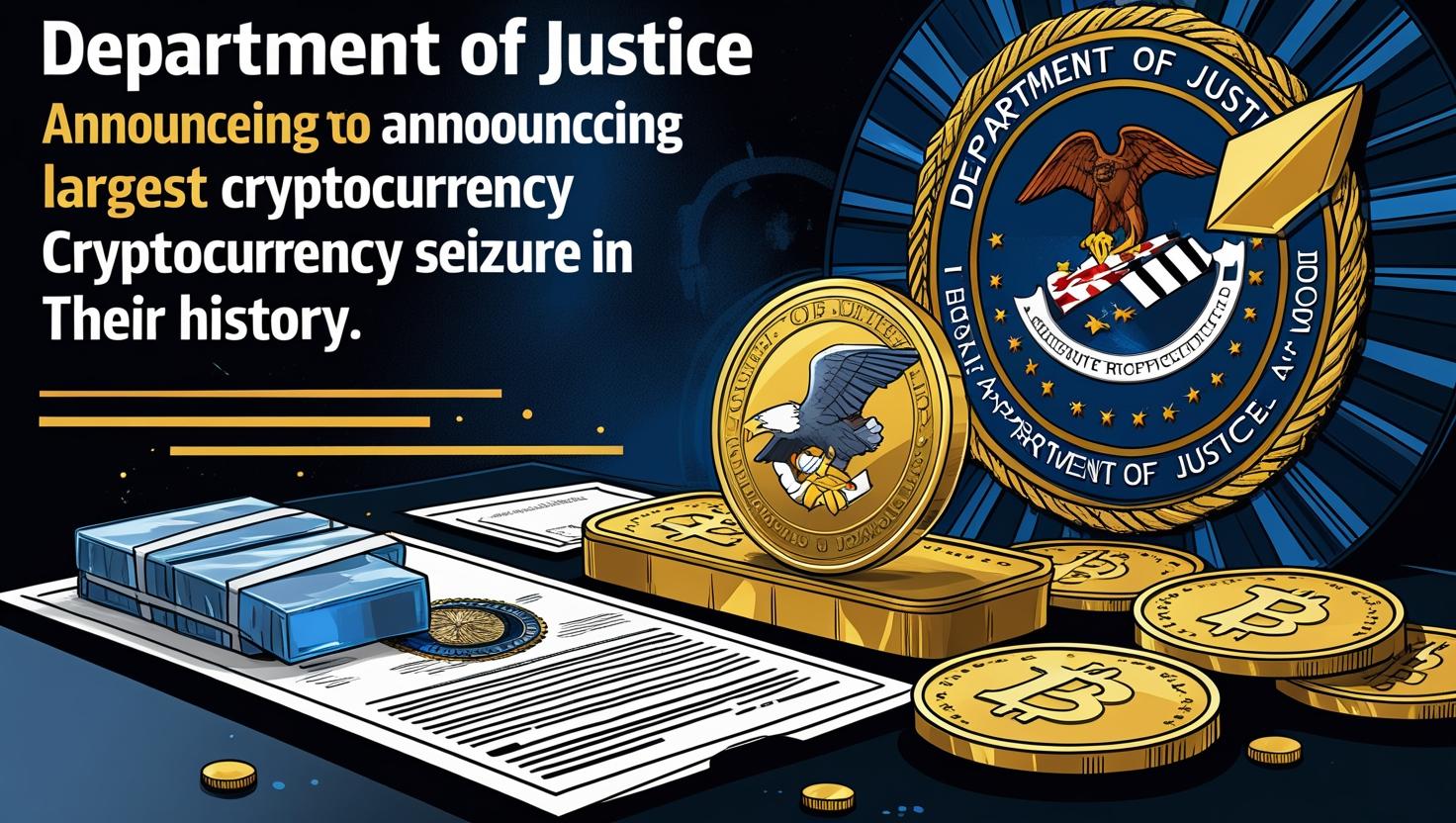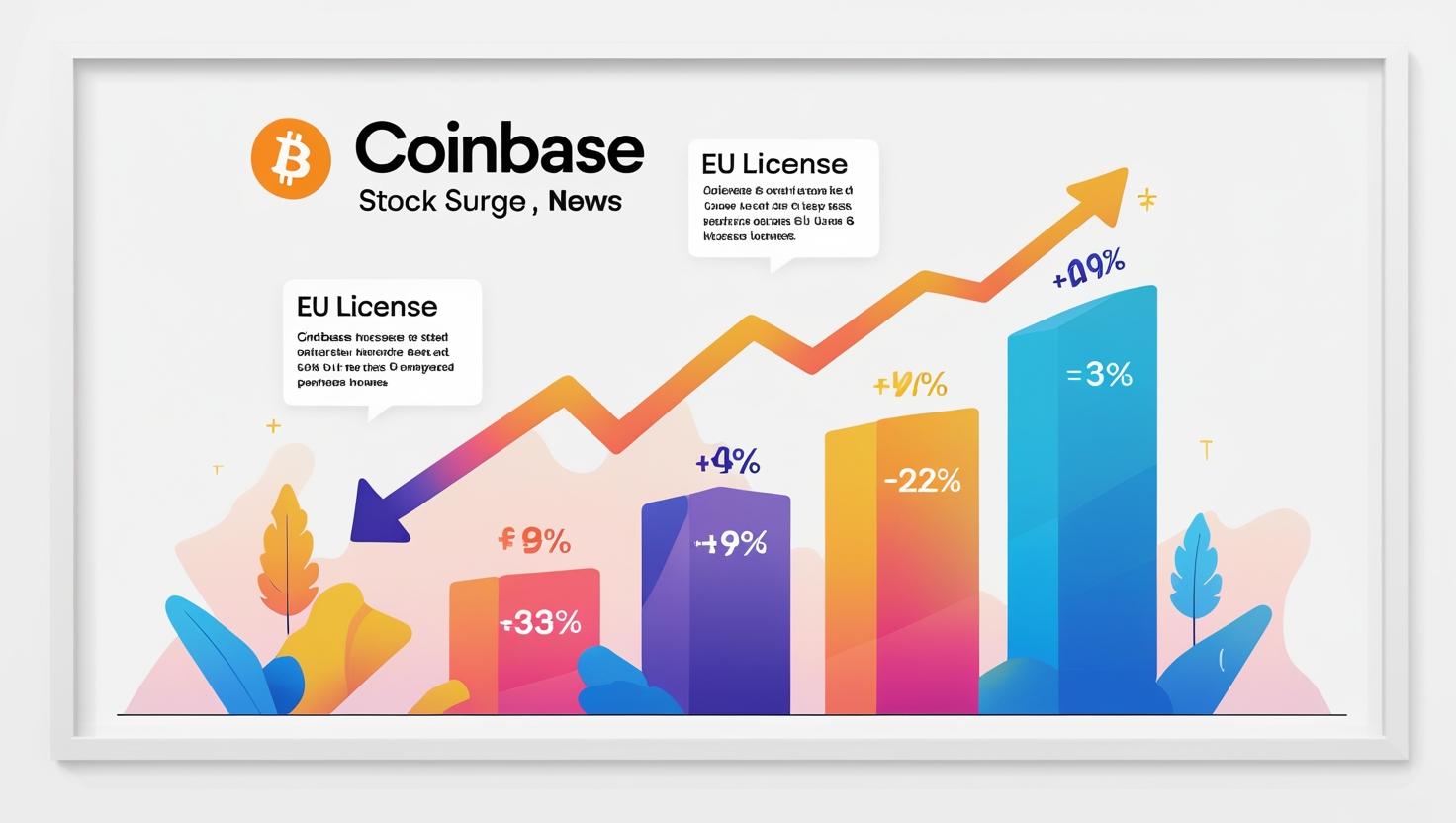Coinbase has obtained a license to operate in the European Union. The Department of Justice has seized a quarter billion dollars linked to crypto investment scams. Meanwhile, following the Senate’s advancement of stablecoin regulation this week, the potential for major retailers to adopt dollar-pegged tokens is being explored.
Crypto Market Snapshot Heading Into the Weekend
Crypto prices remained relatively stable heading into the weekend. By noon Eastern, Bitcoin hovered around the $14,000 level as investors considered possible actions from the Federal Reserve on interest rates and from President Trump regarding Middle East tensions. Ether traded at $2,494, while Solana dipped slightly to $142. Over the past seven days, Bitcoin and Ether both showed slight declines—about 0.9% and 1.5%, respectively.
Coinbase Secures MiCA License in Luxembourg
Coinbase has secured a MiCA license in Luxembourg, transitioning from its previous EU hub in Ireland, which it had used since 2023. CEO Brian Armstrong has emphasized the company’s strong commitment to Europe, highlighting its active advocacy for the future of crypto across the continent. Other exchanges approved in the region include Bybit, OKX, and Bitcoon. Coinbase shares rose by 4.3% following the announcement, drawing renewed attention to Coinbase stock, with investors closely watching Coinbase stock price, Coinbase stock price today, and emerging discussions around Coinbase stock price prediction.
DOJ Executes Largest Crypto Scam Seizure in Department History

The Department of Justice has executed a major seizure involving $4 billion tied to crypto investment scams. The DOJ targeted $225.3 million in stolen funds affecting over 400 victims, many of whom are based in the U.S. The Secret Service, in coordination with the FBI and private partners, labeled this operation the department’s largest crypto seizure to date. These scams, often known as pig butchering schemes, involve victims being deceived into investing in fake crypto platforms or ventures.
Tether CEO Reacts to Stablecoin Regulation Developments
Tether’s CEO, Paulo Arduino, responded to the Senate’s passing of the Genius Act, which now moves to the House of Representatives. The House has been working on its version of stablecoin regulation, known as the Stable Act. Arduino emphasized that Tether is watching developments closely and aims to contribute constructively by explaining how stablecoins benefit emerging and developing markets, where Tether primarily operates.
A key provision in the Genesis Act includes reserve requirements for stablecoin issuers. Arduino noted that Tether’s USDT remains over-collateralized, holding about $6 billion more than required in reserves, plus an additional $15 billion within the company. He also explained the preference for using treasuries over pure cash for reserves.
Stablecoin Adoption Among Retailers and Major Banks
With the Genesis Act progressing and Circle’s successful IPO, companies are actively exploring stablecoins’ potential in business. JPMorgan recently announced JPMD, a stablecoin-like deposit token intended to represent commercial bank deposits and to operate on Coinbase’s Base platform. Coinbase also introduced a new payment system that enables merchants to accept stablecoins. These developments could further influence the Coinbase stock forecast in light of increasing business adoption.
The Role of Stablecoins in Brand and Business Integration
Earn OS, a platform at the intersection of brand rewards and blockchain, reflects the growing trend of businesses using stablecoins. Reports suggest that large retailers like Amazon and Walmart may turn to stablecoins to bypass credit card transaction fees. This shift is seen as a broader inflection point for crypto integration in business operations.
As platforms like Stripe integrate stablecoins into their systems, many brands might begin using them by default—benefiting from lower fees and faster transactions—without even realizing it. This trend supports the growing role of Coinbase stock and further fuels long-term interest in Coinbase stock price prediction 2025.
B2B Use Cases and International Transactions

Stablecoins are gaining traction in business-to-business (B2B) transactions rather than through customer demand. For the first time, stablecoins enable global payments without relying on SWIFT or other traditional banking systems. This global accessibility is driving enterprise adoption, allowing companies to operate beyond geographic borders.
Customer Incentives and Market Growth
Despite merchant interest, customer adoption of stablecoins may lag due to the strong perks offered by traditional credit cards in developed markets. Stablecoins offer faster, international payment capabilities, but much of the growth is expected to be driven by brands and systems integrating them in the background, not necessarily by customer demand.
Global Regulatory Outlook
From an international viewpoint, the U.S. remains a regulatory leader due to the dominance of the U.S. dollar and the prominence of USDC and USDT. The passage of the Genius Act provides much-needed clarity for both domestic and global companies. It reassures brands and enterprises that using stablecoins is secure, efficient, and legally compliant.
Stablecoin Competition and Future Issuers
One of the Genius Act’s key outcomes is opening the door for banks and large retailers to issue their stablecoins. As more platforms simplify issuance, launching a stablecoin will become less of a market differentiator. However, this will likely accelerate global adoption and acceptance of stablecoins as a mainstream financial tool.
Market Share and New Entrants
Currently, the stablecoin market is largely dominated by USDC and USDT. If Wall Street banks or major retailers like Amazon and Walmart launch unified stablecoins, they could capture notable market share. Yet early movers like Circle may maintain leadership. Stripe, already positioned at the center of global payment infrastructure, also holds a significant competitive advantage due to its reach and recent acquisitions.
Earn OS and Blockchain-Driven Reward Systems
Earn OS positions itself as the internet’s reward platform, enabling any brand to reward any person instantly. The company chose blockchain not as a preference, but as a necessity—stablecoins being the only viable solution for global, instant, borderless payments. As regulatory clarity increases and platforms like Stripe acquire blockchain technologies, brand interest in such systems continues to grow.
Conclusion
The week concluded with a steady crypto market, major institutional moves, and accelerating adoption of stablecoins. Regulatory clarity, global interest, and innovative integration are setting the stage for widespread transformation, not just in crypto but across the broader financial and commercial landscape.
